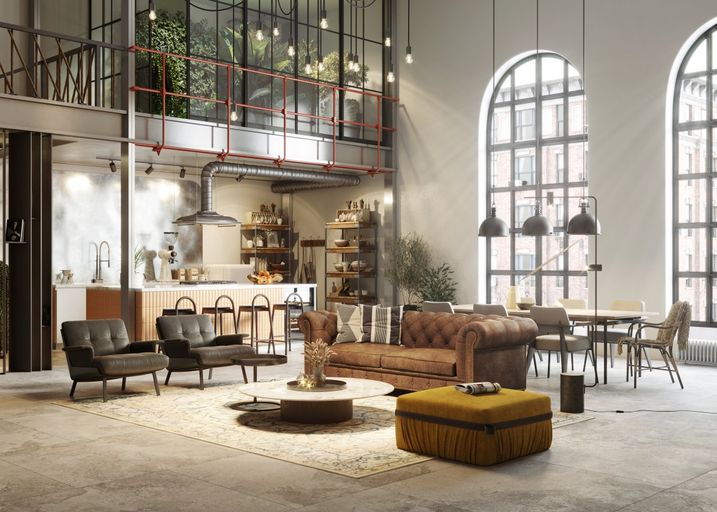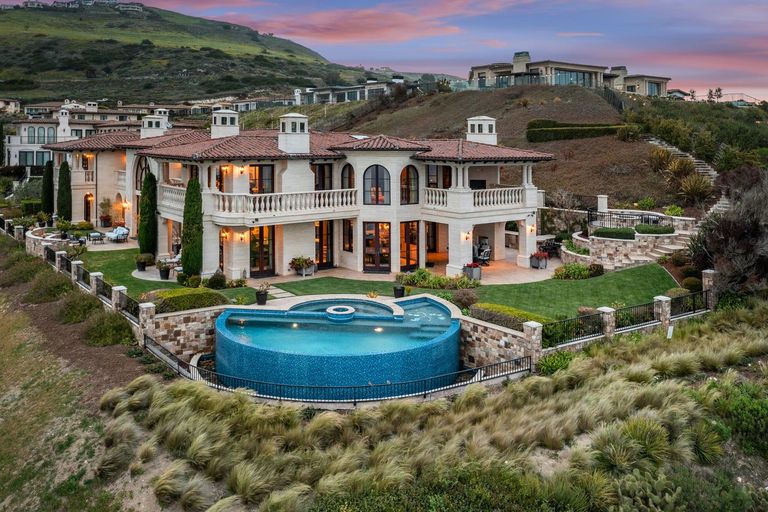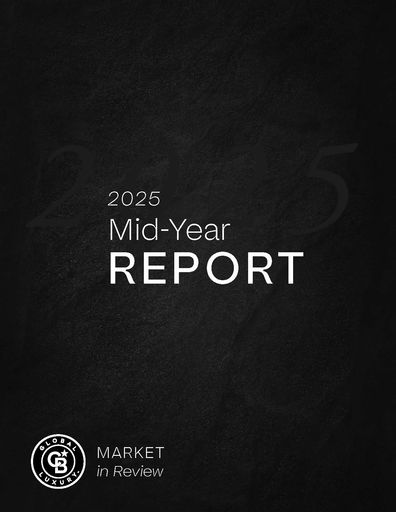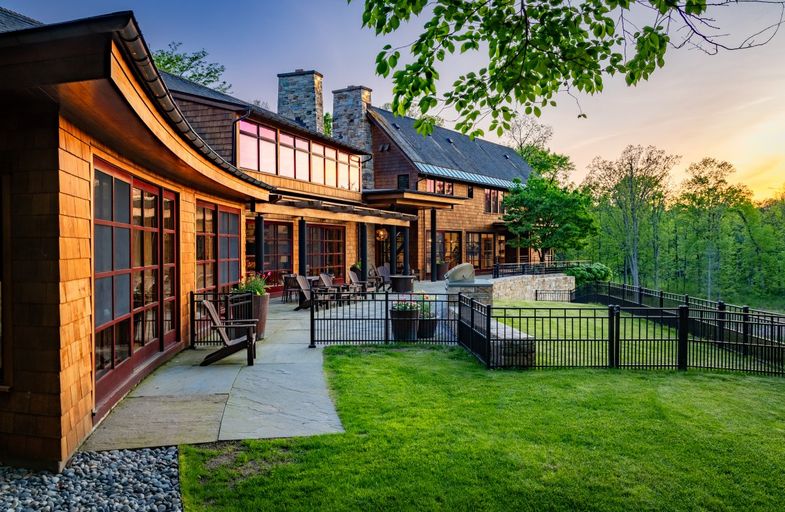Elite Streets: How the World’s Top Shopping Districts Are Reinventing Luxury
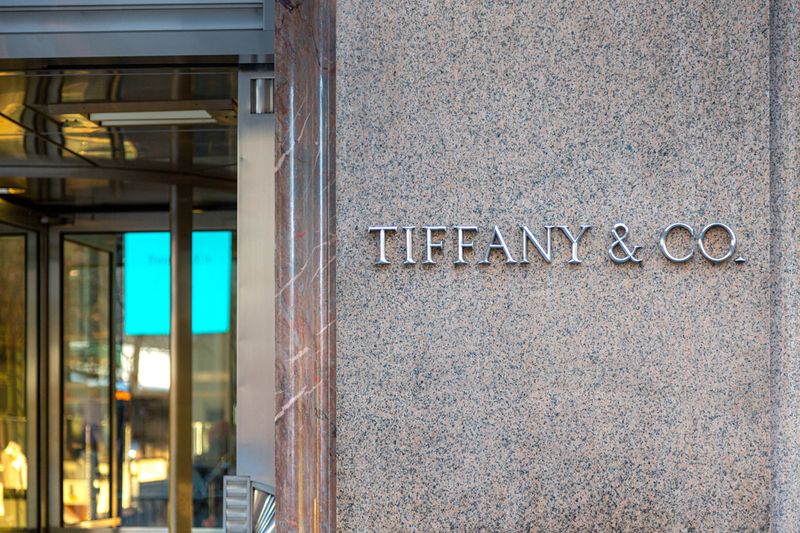
A handful of streets around the world truly define the luxury shopping experience — places where global trends are born and budgets are blown. New York’s Fifth Avenue, Paris’ Champs-Élysées, and Rodeo Drive in Beverly Hills are among the most well-known, lined with chic boutiques that draw an elite clientele. The hot trends that eventually arrive in suburban malls often begin on these iconic, billionaire-favored streets, where some may be relegated to simple window shopping.
Premier shopping streets celebrate art and culture, not just fashion, and their unifying characteristics include distinctive architecture and public art. While historic structures contribute to the overall ambiance, there has been an influx of bold contemporary façades and interiors. Much of the modernism is driven by luxury brands anxious to appeal to new generations of consumers while integrating technology into the shopping experience.
New shopping technology may emerge through interactive mirrors using artificial intelligence to suggest alternate styles or sizes, streamlining the process, but VIP clients generally prefer the human element. Style consultants in high-end boutiques offer private showings and curate special merchandise for their clients — who are not only celebrities and heiresses but also corporate executives or attorneys willing to invest in their wardrobes.
“It’s really all about the branding, expressing the client’s brand outside and inside for a seamless customer experience,” says architect Christian Lahoude, whose eponymous studio has created more than 330 retail environments around the world for luxury brands like Jimmy Choo, Tiffany & Co., and Gucci. “We reinterpret the branding with each new store,” says Eric Clough, founder of 212box, a firm responsible for Christian Louboutin boutiques around the world. “Every store is unique, and we like to incorporate local cultural elements,” explains Clough, who notes that the
Louboutin store on Fifth Avenue has an entirely different vibe than its counterparts in London or Hong Kong.
In the U.S., no street evokes exclusivity more than Rodeo Drive in Beverly Hills, where luxury merchandise is paired with sun-drenched hospitality. Its legendary status has been bolstered by its roles in Hollywood productions and its host city’s enduring reputation for conspicuous consumption. Kay Monica Rose, president of the Rodeo Drive Committee, states, “Our magical three blocks, dotted with palm trees, have the world’s leading brands, Michelin-starred restaurants, and world-class art.” Noting that public art is an important ingredient in Rodeo Drive's magic, Rose reports that sculptor Richard Orlinski’s work — featured at the Paris Olympics — is currently being exhibited on the street.
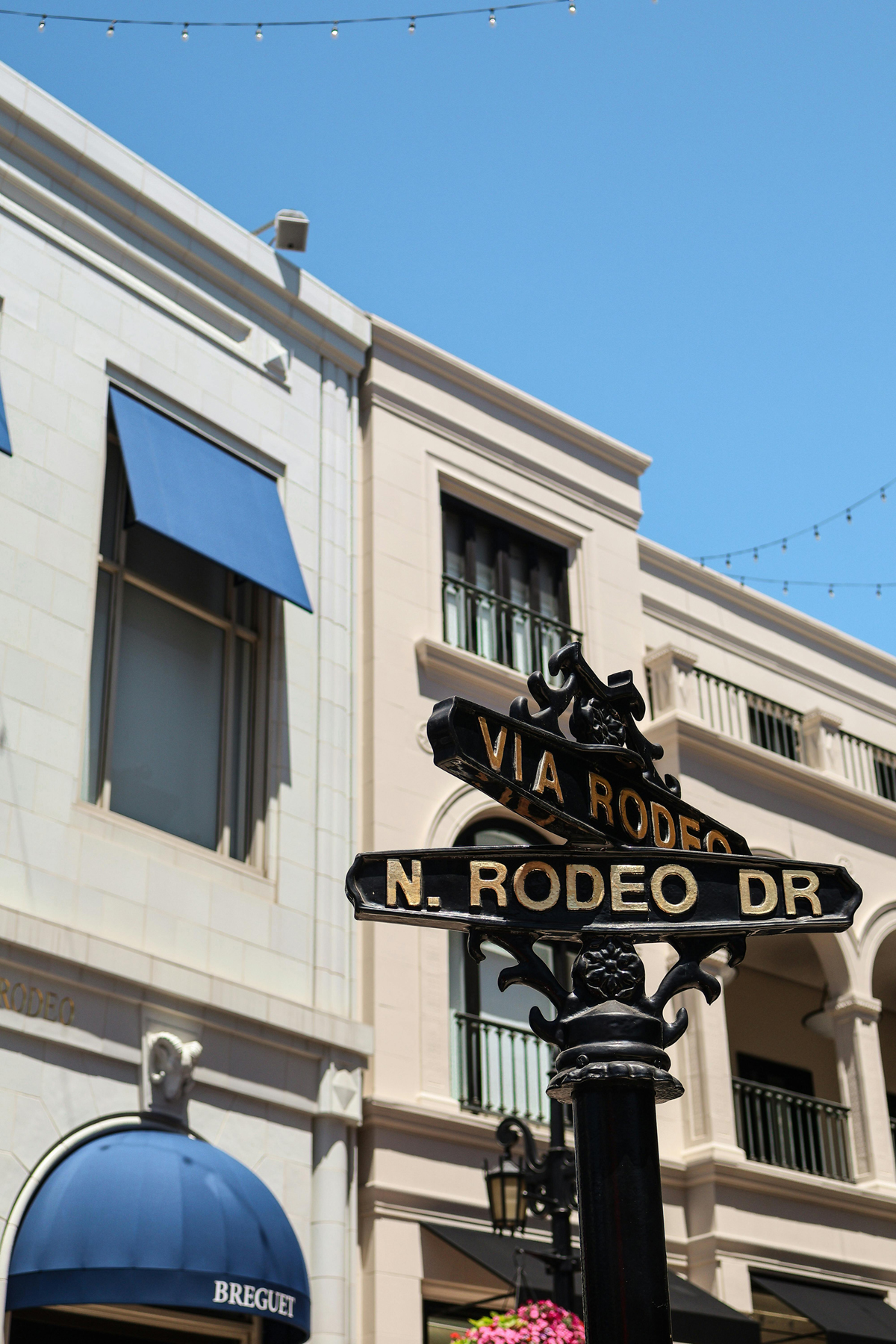
Photo Credit: Pexels/ Yannick B.
The designer boutiques on Rodeo Drive host VIP events on rooftop terraces, and Givenchy recently moved into a landmark Frank Lloyd Wright-designed building. The committee partners with designers and local businesses to create events that draw diverse crowds, recognizing that the Rodeo Drive experience is not limited to chauffeured Bentleys delivering fashionistas to designer boutiques. Every year, traffic is closed off for a Concours d’Elegance event showcasing extraordinary automobiles. “There’s nothing like seeing a million-dollar Bugatti with Gucci in the background,” says Rose, adding, “There’s always something going on at Rodeo Drive.”
New York’s Fifth Avenue, ingrained in pop culture, is another of the world’s most elite shopping destinations, a reputation cultivated for more than a century. Bergdorf Goodman, Saks, and the now-closed Lord & Taylor helped establish Fifth Avenue's prestigious reputation. Complemented by boutiques such as Louis Vuitton, Prada, and Bulgari, the avenue remains a pinnacle of luxury retail. Madelyn Wils, interim president of the Fifth Avenue Association, notes that the district encompasses about two dozen landmark buildings, including Gilded Age residences repurposed into stores like the Cartier Mansion and the forthcoming Skims boutique from Kim Kardashian.
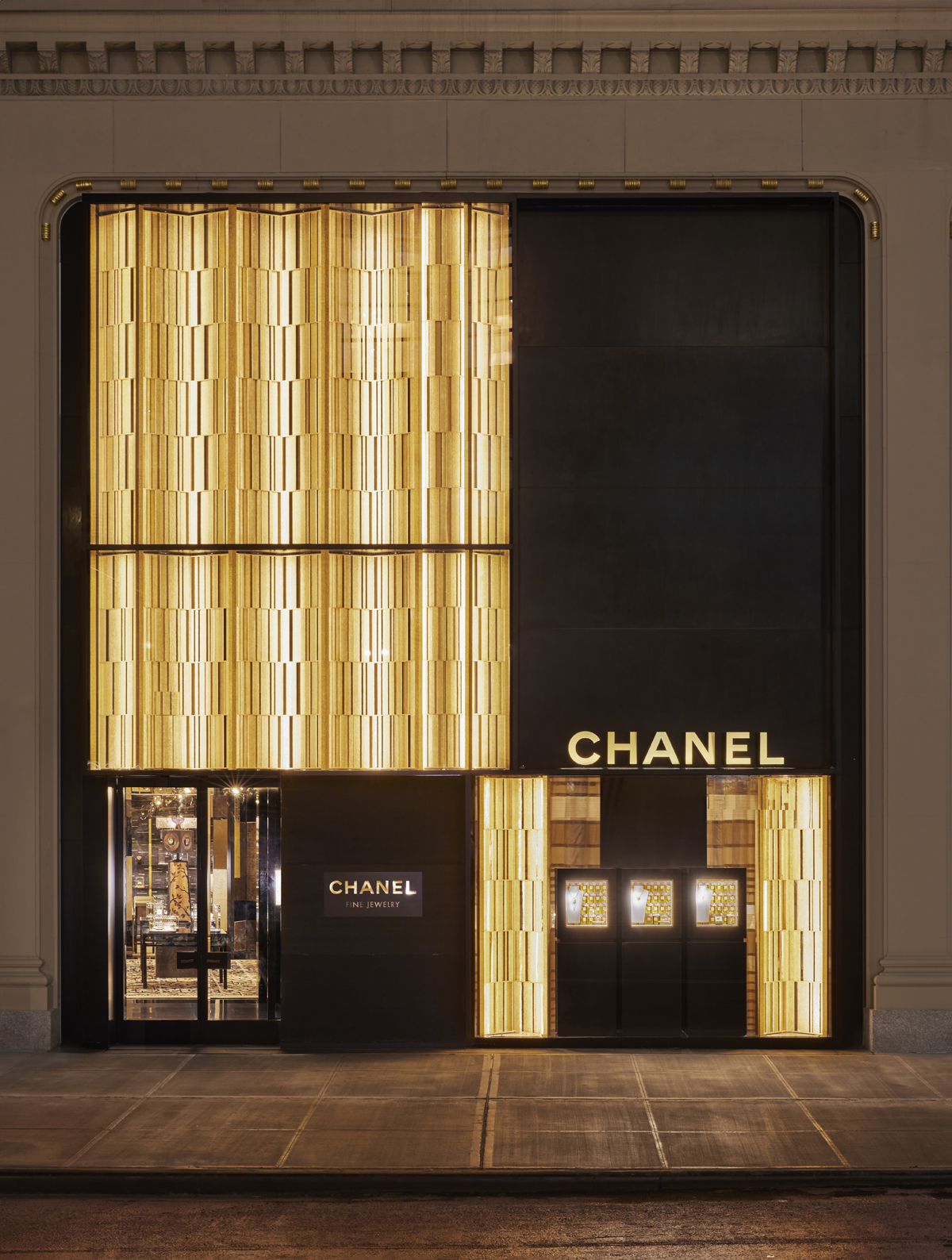
Fifth Avenue has also embraced contemporary architecture, with the Apple Store, introduced in 2006 as an ethereal glass cube, now synonymous with the avenue's modern style. The Valentino flagship store and the jewel-box Chanel boutique, along with other ongoing projects, embody bold, modern aesthetics. Dining is also part of the luxury Fifth Avenue experience, with names like Cipriani, Nobu, and Benoit – offering French cuisine from superchef Alain Ducasse – for culinary indulgence after a shopping spree. Wils reports that her association is collaborating with the city to redesign the street, adding wider sidewalks and landscaping. “The brands are investing billions, and the city needs to step up,” says Wils, adding, “We want to make it a greener, more pedestrian-friendly boulevard so that when people come here, they feel like they’ve arrived at a special place.”
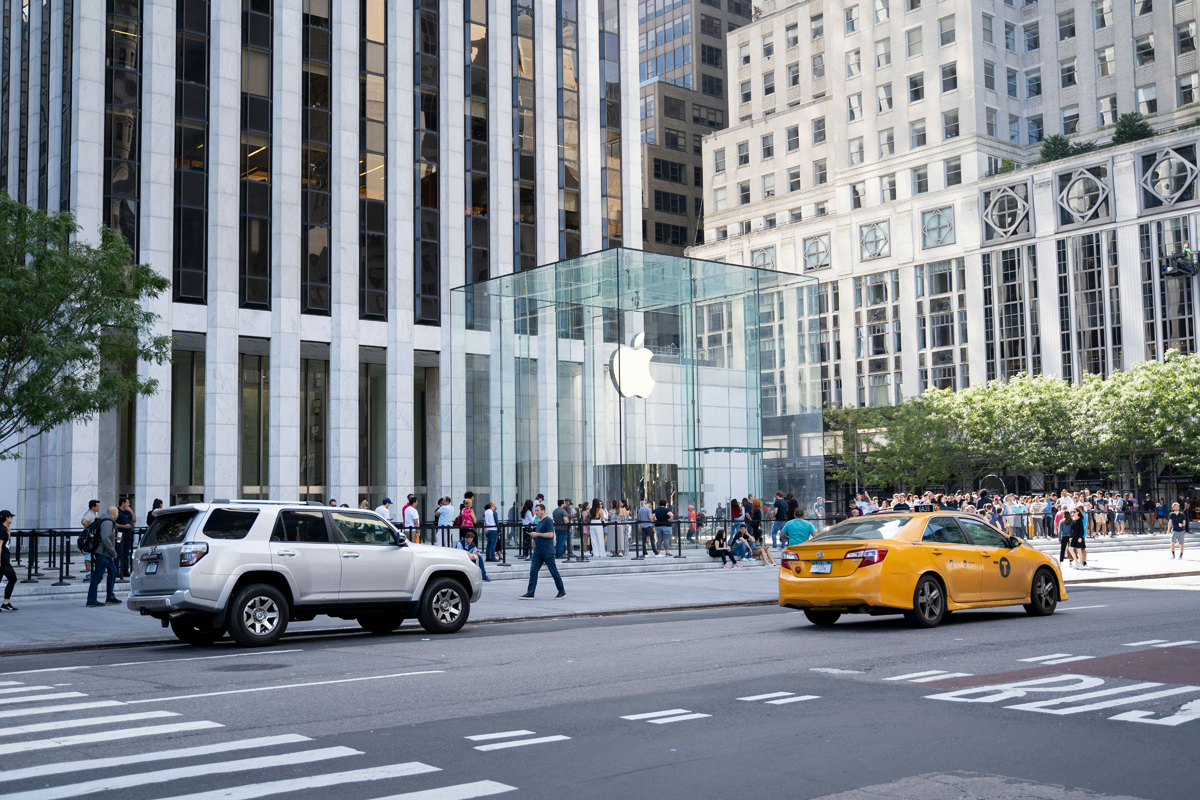
Photo Credit: Unsplash/Gianandrea Villa
Journalist and entrepreneur Leah Walker, CEO of Garnier Creations in Paris, provides bespoke encounters with luxury brands for sophisticated visitors. She explains that the "Golden Triangle" — bordered by Avenue des Champs-Élysées, Avenue George V, and Avenue Montaigne — is the epicenter of luxury retail in her adopted city. The Champs-Élysées is home to boutiques like Cartier and Louis Vuitton, as well as the Parisian department store Galeries Lafayette. But the most fashion-forward stretch is Avenue Montaigne, says Walker, reporting, “From the river to the Champs-Élysées, this street is lined almost entirely with high-end designer brands.”
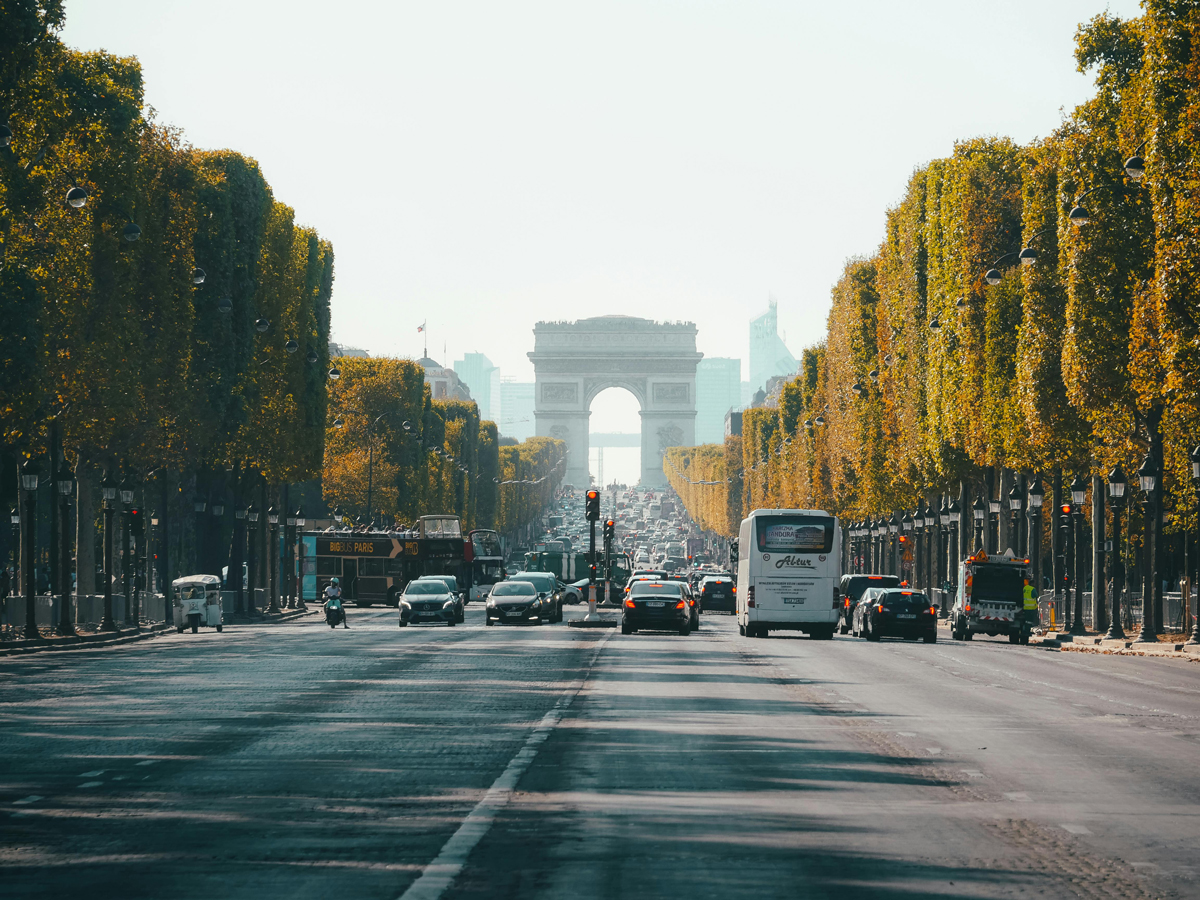
Photo Credit: Pexels/Jarod
Noting a trend toward "experiential retail," Walker explains, “Brands are focusing on the customer experience and immersion into the brand,” citing Dior, Yves Saint Laurent, and Armani as leaders. This is accomplished through unique spaces for VIP events, private suites, and even Michelin-starred dining on-site. “They’re expanding beyond fashion into a complete lifestyle,” she adds, citing Jacquemus as a hot, non-legacy brand offering relative value on Avenue Montaigne. “It’s a luxury brand geared toward a younger market, and it has a freshness to it,” suggests the Parisian insider.
Worth Avenue in Palm Beach, often referred to as the East Coast’s version of Rodeo Drive, has drawn the über-rich for a century. The four-block stretch is packed with boutiques such as Versace, Ferragamo, and Gucci, along with local designers and ultra-premium watchmakers like Jaeger-LeCoultre. The street is packaged within the Mediterranean Revival architecture of Addison Mizner, a signature of Palm Beach elegance. As the Worth Avenue Association proclaims, “If you haven’t been to Worth Avenue, you haven’t been to Palm Beach.”

London’s Bond Street, with the highest concentration of haute couture shopping in the world, rivals Paris in luxury retail. Homegrown brands like Alexander McQueen, Burberry, and Victoria Beckham are joined by international labels Fendi, Dior, and Louis Vuitton. The street blends old-world elegance with British charm and is sustained by both affluent locals and international shoppers. Bond Street’s proximity to elite hotels such as The Ritz, Claridge’s, and Mandarin Oriental makes it a luxury retail destination like no other.
SHARE

